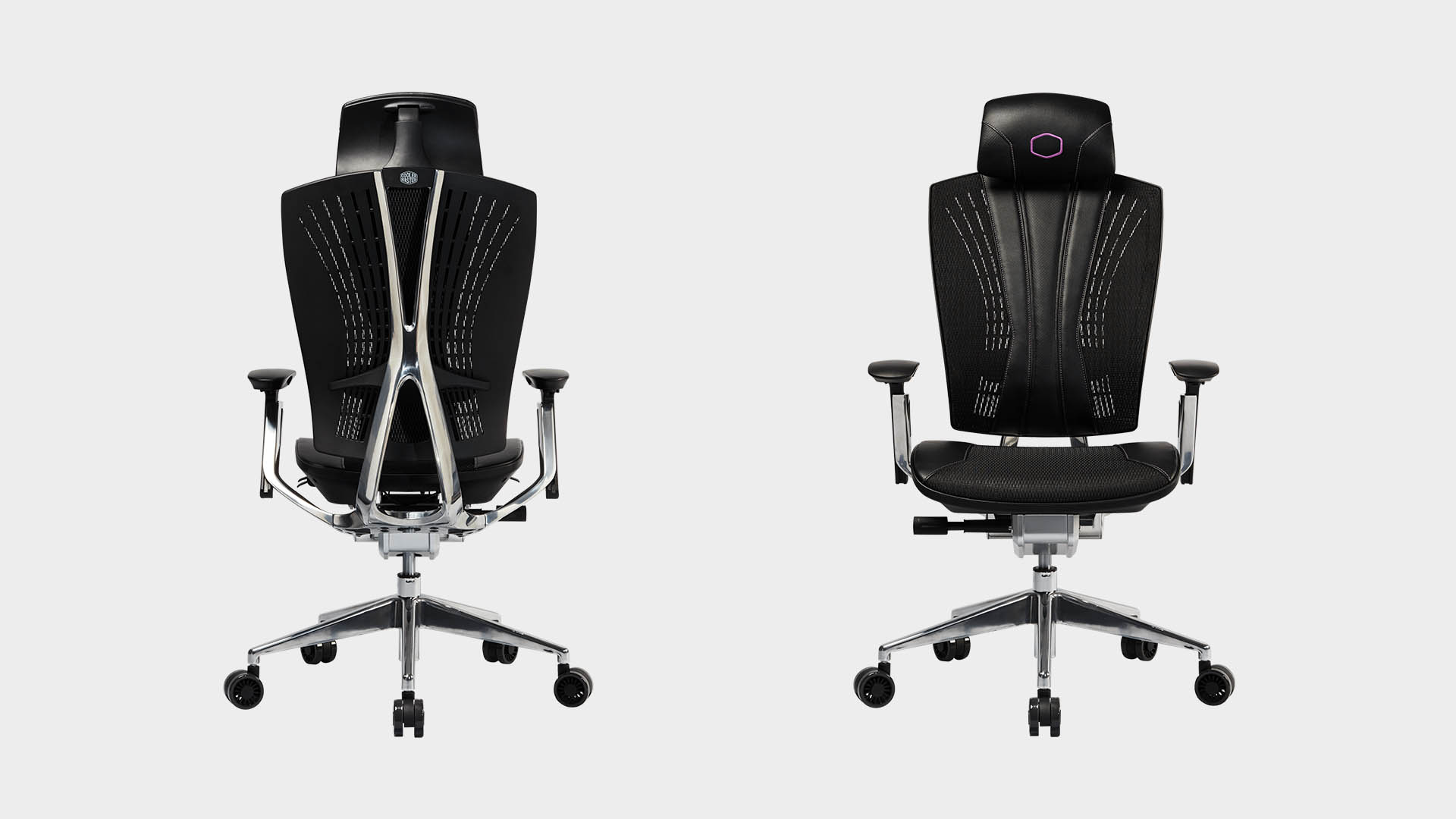Our Verdict
The Ergo L is great by design, but its execution leaves a lot to be desired.
For
- Supportive design
- Sturdy materials
- Comfortable
Against
- No first-time setup instructions
- Creaky
- Inconsistent machining
- Very expensive
PC Gamer's got your back
If you own a gaming chair you're a member of the gaming elite—that's what we're told. It's an image reinforced by an entire industry and it does indeed touch on something very important: if you're going to be playing games for longer periods, you should think about your choice of throne.
I know it's not the most romantic part of your PC build, and hardly as inviting as spending hundreds of dollars on a brand new graphics card, but investing in a gaming chair is just as important—not just for looking the part but also to protect your back from trouble down the line. Or perhaps help reverse years of neglect starting today.
We've seen a lot of movement in the ergonomic gaming chair market recently, with most major manufacturers now eyeing up new ergo-friendly designs. One such manufacturer is Cooler Master with the Ergo L, which I've been testing for the past couple of weeks.
The Cooler Master Ergo L is a little different to the almost retro-fitted ergonomics often found on gaming chairs. Rather than simply add a lumbar pillow and call it a day, Cooler Master has settled on a chair design that integrates ergonomics from the ground up, but that's both a blessing and a curse for the component and peripheral company's maiden effort.
The setup process is perhaps where the Ergo L's most glaring flaws reside. Ideally you'll want a friend around to help you with the setup process, which may prove tricky in these socially-distant times, but you could probably get by with some careful balancing and beefy biceps even without a pal. Suffice to say I roped in my flatmate.
The Ergo L arrives in one colossal box, 67 x 54 x 74.5cm in size. Inside you'll find all the constituent parts of the chair surrounded by some cardboard and a little packing material—I'd love to see a chair one day turn up in fully-cardboard packaging one day, but that's not today.
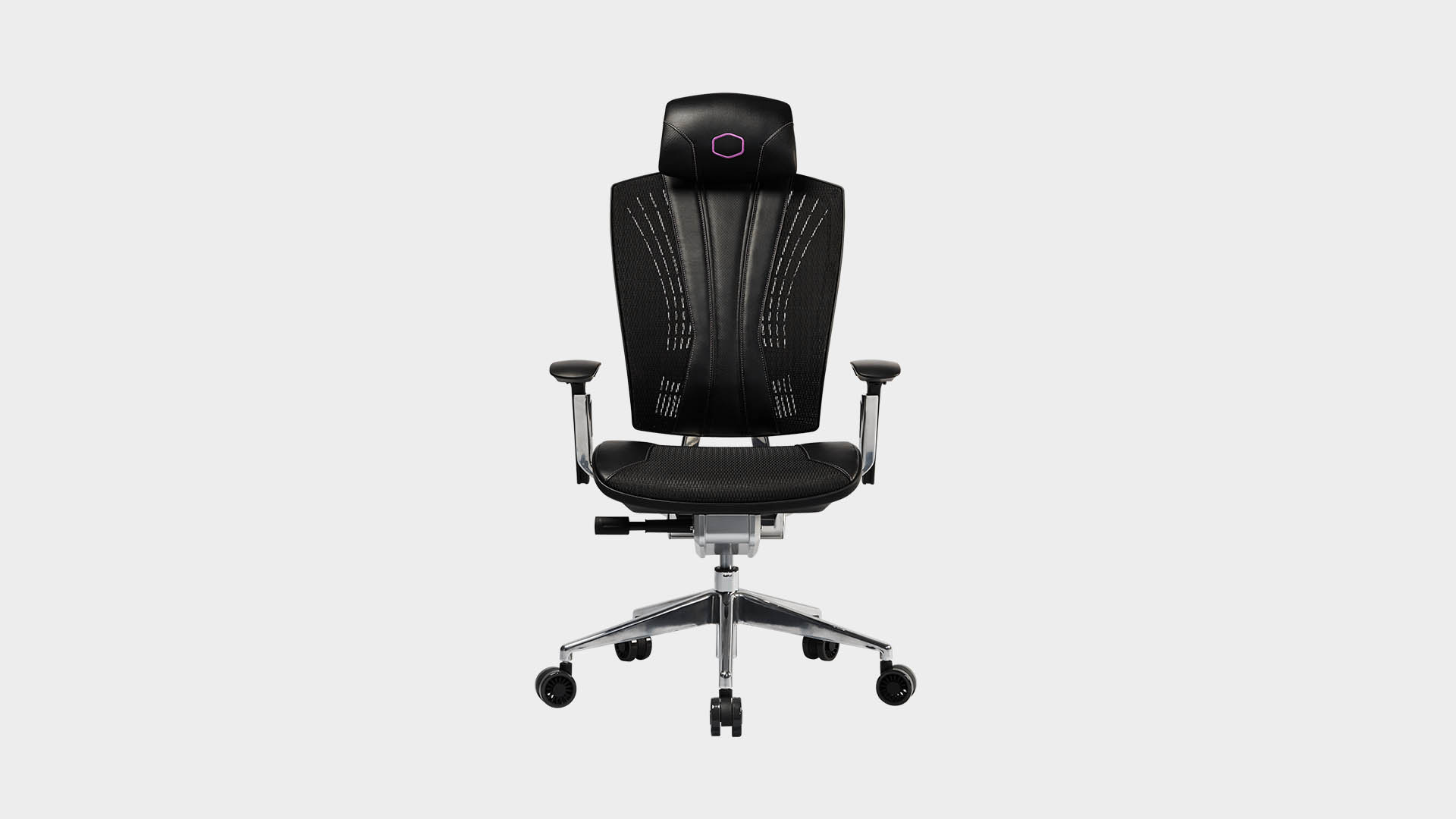
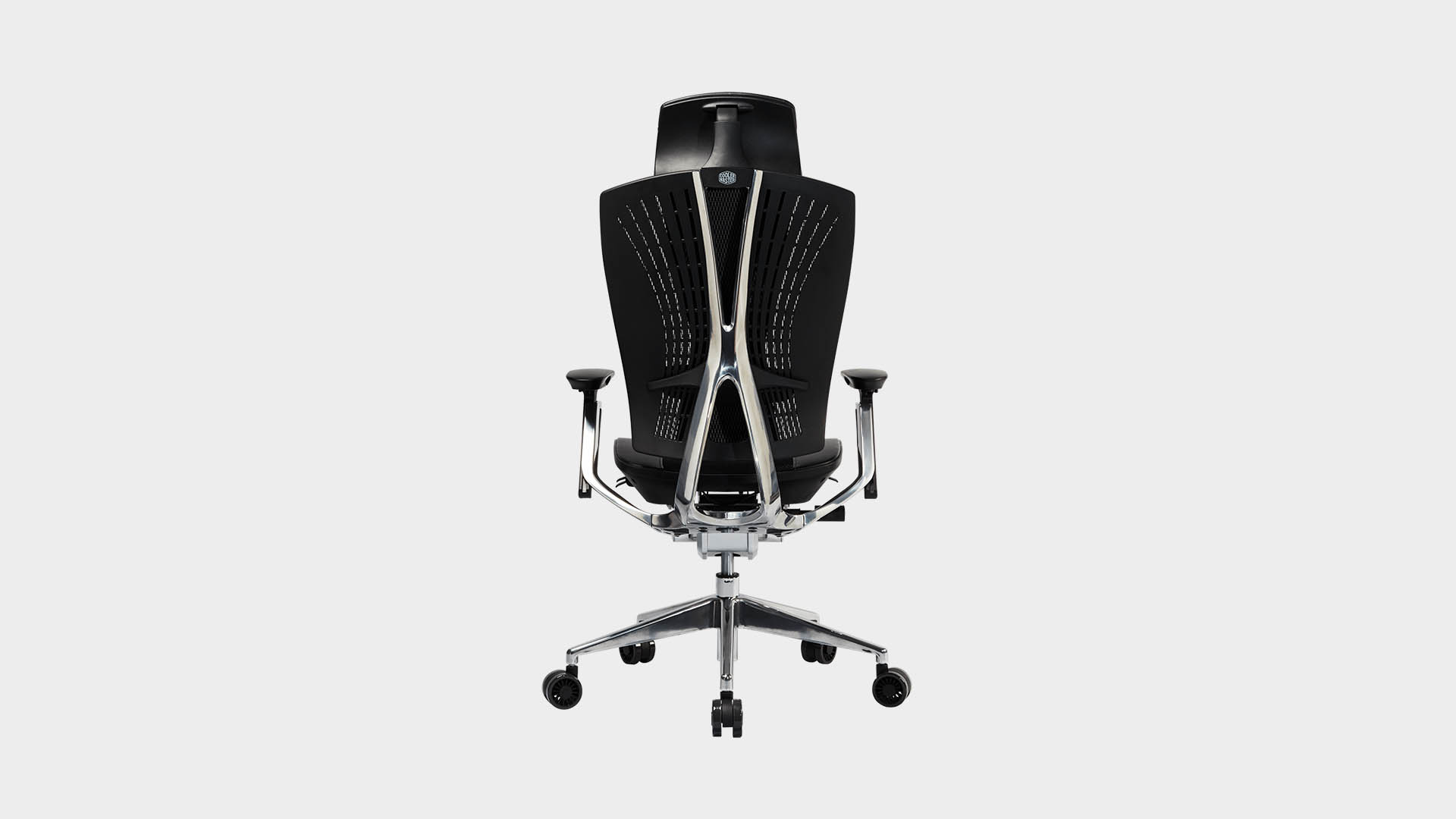
Max rec. height - 5'11
Max rec. weight - 120kg
Seat type - Open
Recline - 120°
Weight - 27.8kg
Launch price - $599 (£500)
With all the parts laid out you need only slot them together like you might any other: the arms fit into the central upholstered unit, as does the back, and then you load that all onto the base. Once you've fitted the gargantuan wheels, of course.
This was where some of the difficulty began with the Cooler Master Ergo L, as a single bolt on the underside of the chair, which connects the armrest, wouldn't screw much further that halfway in. It's not a big deal, as there are three connecting bolts for each arm, and admittedly it's a fault that's unlikely to be replicated across many units, but the machining appears to be a little off and just enough so that no amount of pressure will get the screw firmly in place.
Nevertheless, I managed to get the rest of the chair together in under 20 minutes, and what's immediately noticeable once combined is the sheer weight of the thing. The struts on the armrests and up the rear back rest are made of what appears to be solid metal, and as a complete package that reportedly weighs in at 27.8kg. Despite having no scales at home to double-check, that feels generally on the money.
Unfortunately, that single screw was not my only gripe with the setup process. There's no guide to setting up the chair within the box, or online as far as I can tell. While the basic functions of the chair are glaringly obvious once you hold down a lever and wiggle around some, I would have preferred some guidance on how to best setup this chair for maximum comfort and posture support.
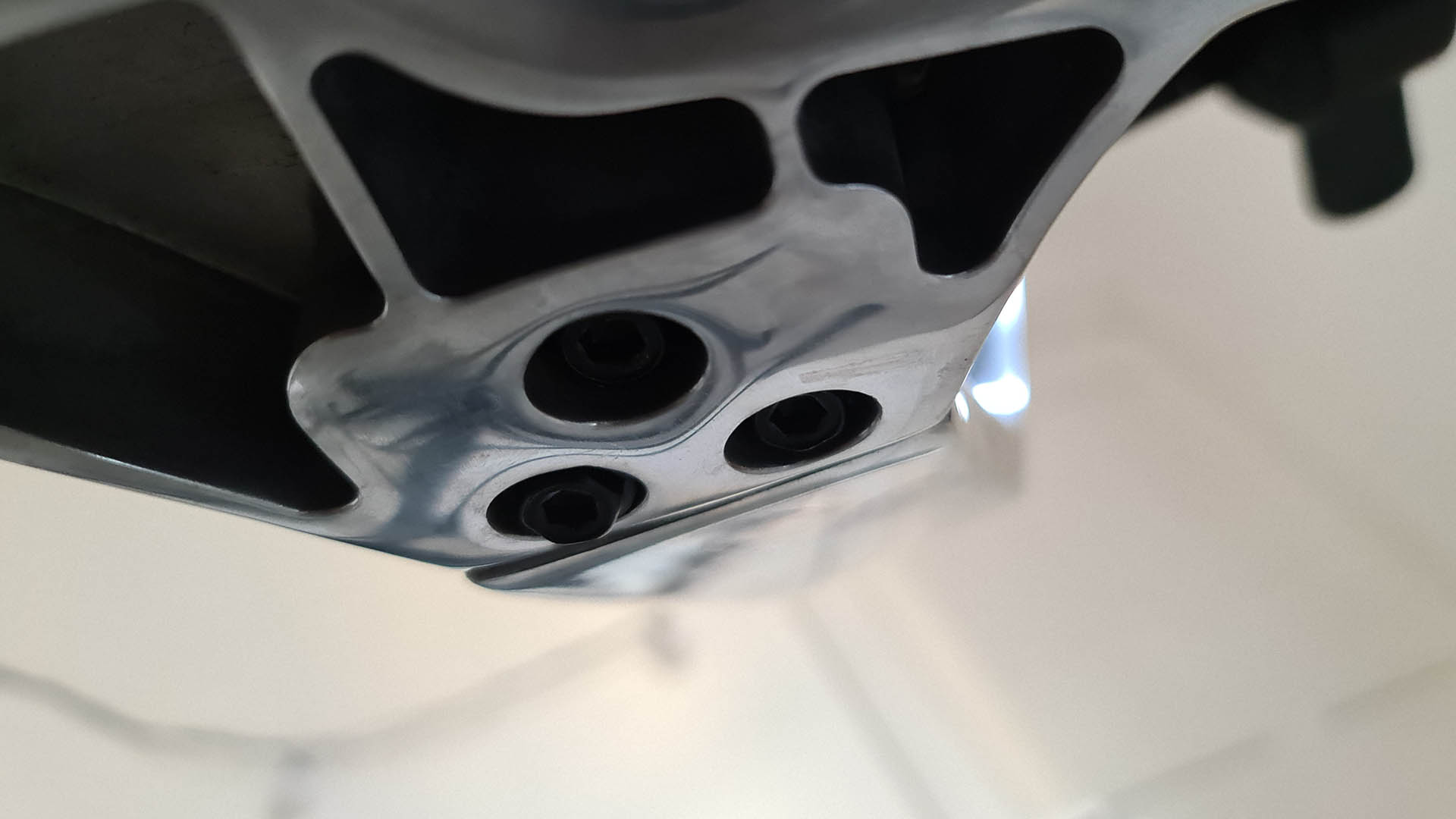
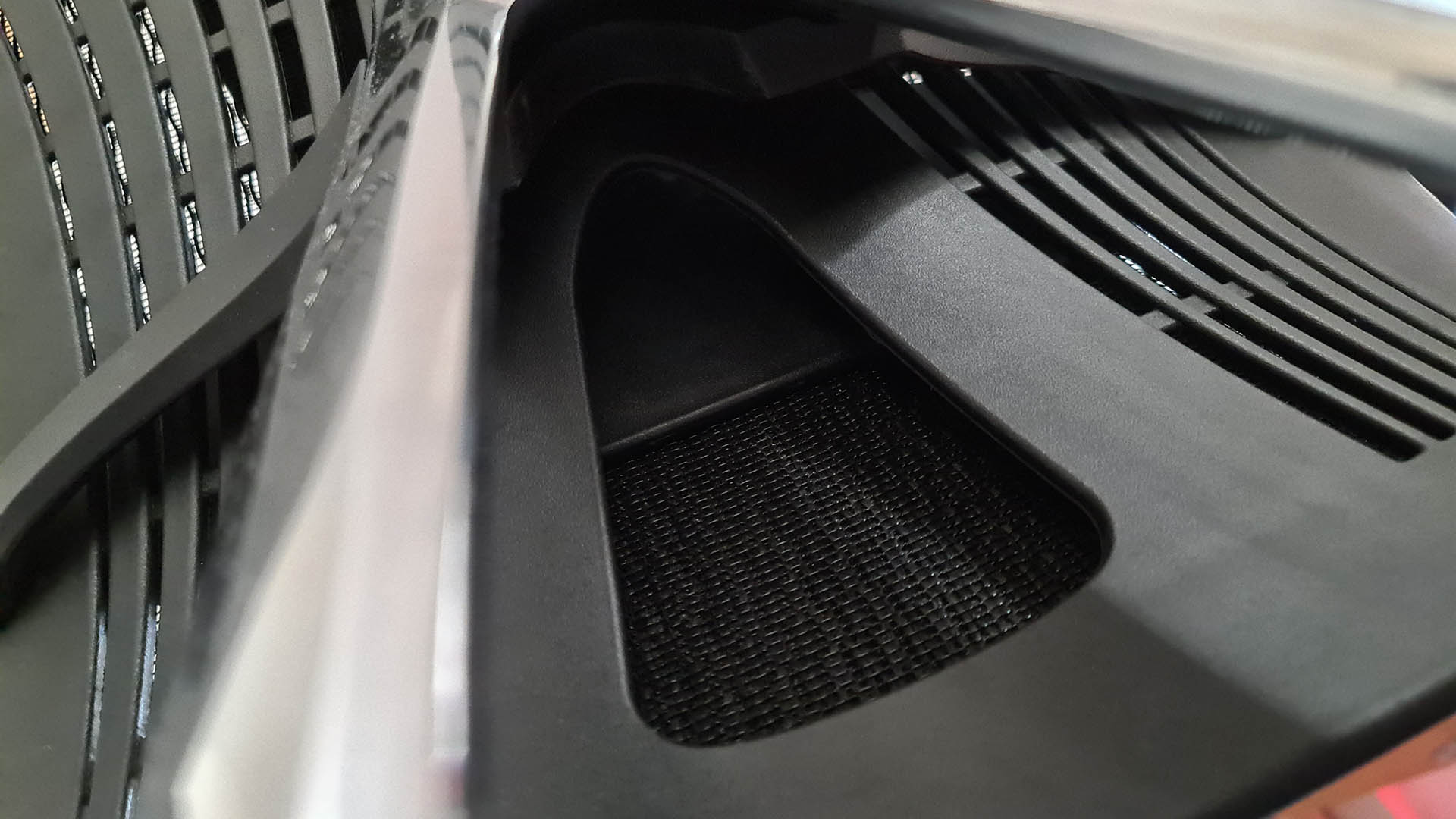
I ended up guessing whereabouts the hand-adjustable rear lumbar support should sit (you have to wiggle it into position between the two rear back struts), and similarly used my best judgement to find a good fit for the armrests. While there's plenty of movement to get these into the ideal position, the lack of locking on the horizontal adjustment will see these sliding back and fourth often when you move the chair around, shuffle around, and occasionally even when you sit down.
The level of customisation with the Ergo L is up to par with that of other high-end gaming chairs, at least, and in some ways superior to more generic designs. The seat depth can be adjusted from 45-49cm, and you can lock the rear back support in a number of positions from 9am on a Monday down to 5pm on a Friday (in layman's terms: 90° to 120° recline).
The headrest is a little limp, however, and only really offers height adjustments despite claiming tilt function. There's no real locking it in any other tilt position than where it falls, and it's perhaps a little low for someone of my height (6'2"). That's technically no fault of the chair as it's actually recommended for users up to 5'11', but that's definitely something to consider if you're above 6'2". I think I'm testing the limits of the chair's ergonomics even at my height.
The armrests are just 2D, (two dimensions of movement: lift, forward) but they're well designed for your arms to sit comfortably.
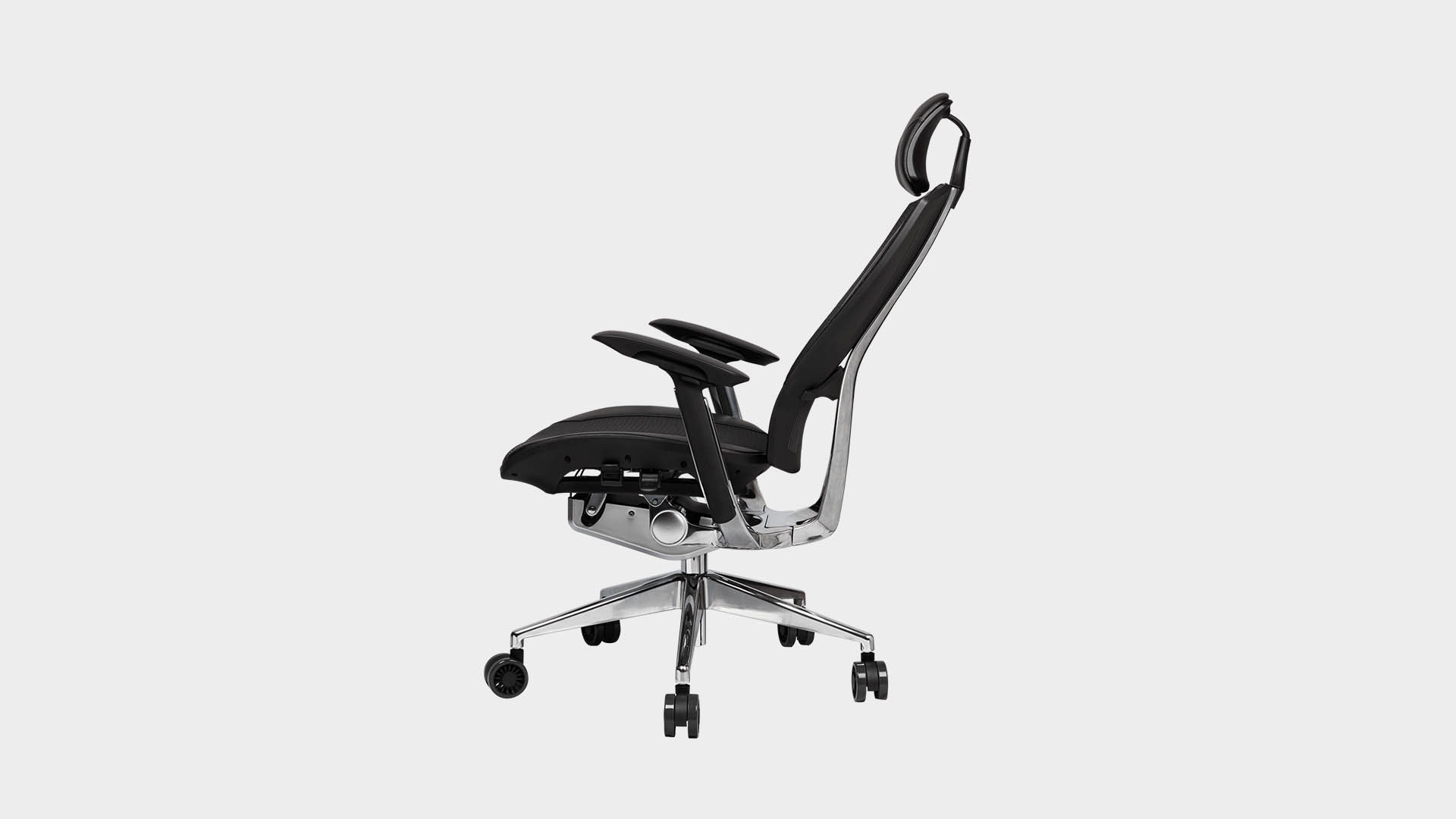
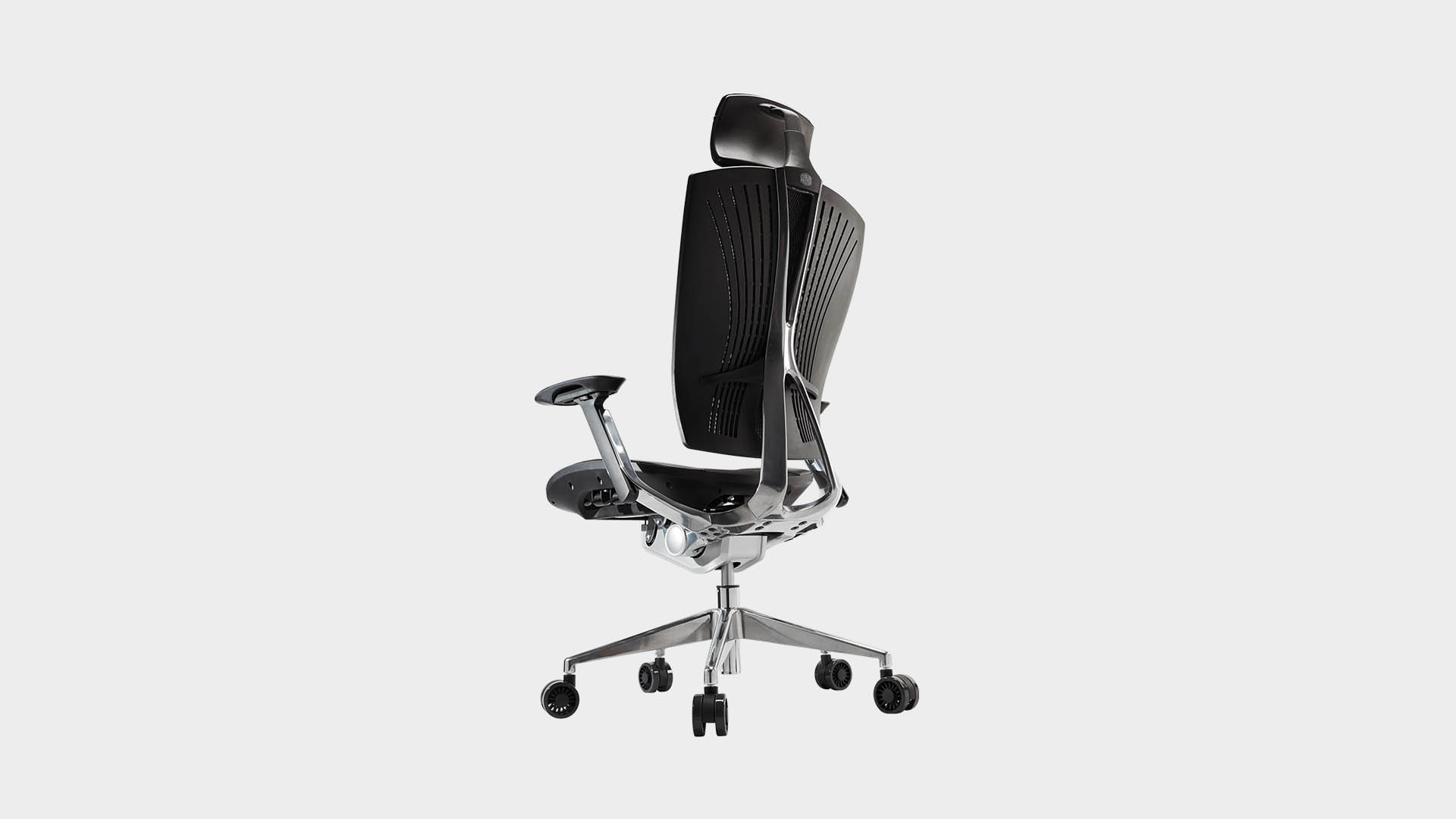
There is a lot you can do to improve your PC desk and setup to be healthier and more comfortable without spending a penny. Take a look at our guide to how to sit at a desk with good posture for the precautions you can put in place today.
There's certainly a commendation for the Ergo L here in terms of arm support. As someone that occasionally suffers from shoulder pain in my right arm with cheaper chairs, the frequency at which this occurs has subsided significantly since I've shifted to the Ergo L. The armrests are supportive and sit right where they're needed most, which allows your arms to fall into a more natural and comfortable position, as per ergonomic best practice.
That's telling of the ergonomic quality of a design that set out, from the get-go, to be healthier for extended use.
And that's why this chair is a little disappointing. For no fault of the ergonomic design, it's the implementation that is not on par with what I expect from a $599 (£500) gaming chair. There's undoubtedly a great deal of investment into design of the Ergo L, yet seemingly not a lot of thought for how it all fits together, or what to do once you've set it up.
It's a bit of a slap and dash approach that is unexpected for a chair that plays off of the concept that you should put some time and thought into your PC setup.
This is perhaps no better demonstrated in the fact that the Ergo L has become somewhat creaky on the rear back support within only a few weeks of me using it. And while I believe the rest of the design looks and feels tough enough to withstand the test of time, I'm already considering carrying out some maintenance within weeks of receiving this chair.
I think Cooler Master is onto something with the Ergo L, I'll admit, and I commend it for jumping on ergonomic chairs sooner than many others in the gaming chair market. Yet in many ways it falls short of the ergonomic office chairs we recommend on our best office chair guide. And with some quality control issues and a premium price tag, I fear it will swiftly fall behind the competition, that which is finally waking up to the importance of ergonomics.
I don't think Cooler Master needs to completely go back to the drawing board with the Ergo L, but a half-step of quality-of-life improvements wouldn't go amiss to make this gaming chair truly worthwhile.
The Ergo L is great by design, but its execution leaves a lot to be desired.

Jacob earned his first byline writing for his own tech blog. From there, he graduated to professionally breaking things as hardware writer at PCGamesN, and would go on to run the team as hardware editor. He joined PC Gamer's top staff as senior hardware editor before becoming managing editor of the hardware team, and you'll now find him reporting on the latest developments in the technology and gaming industries and testing the newest PC components.
